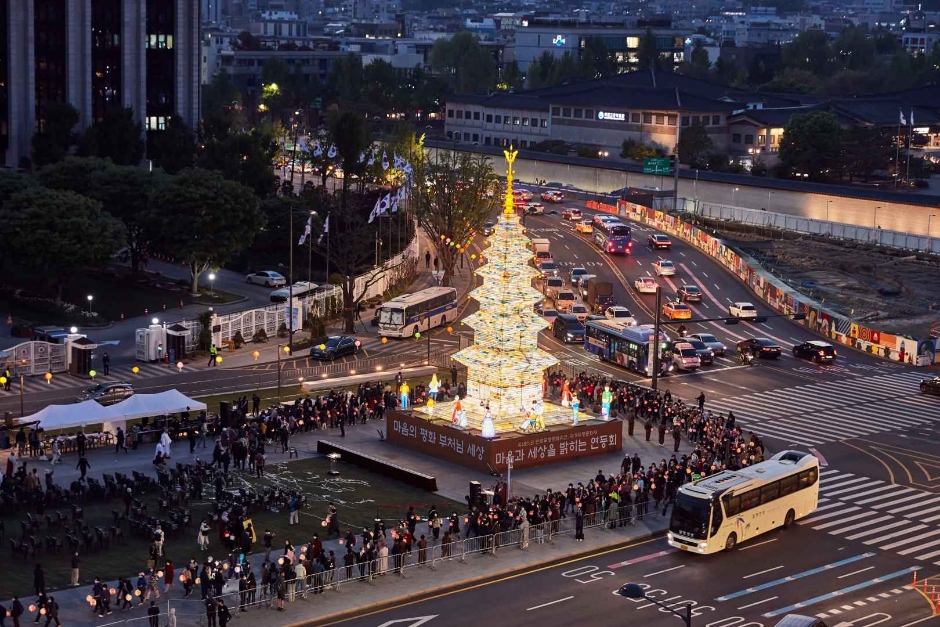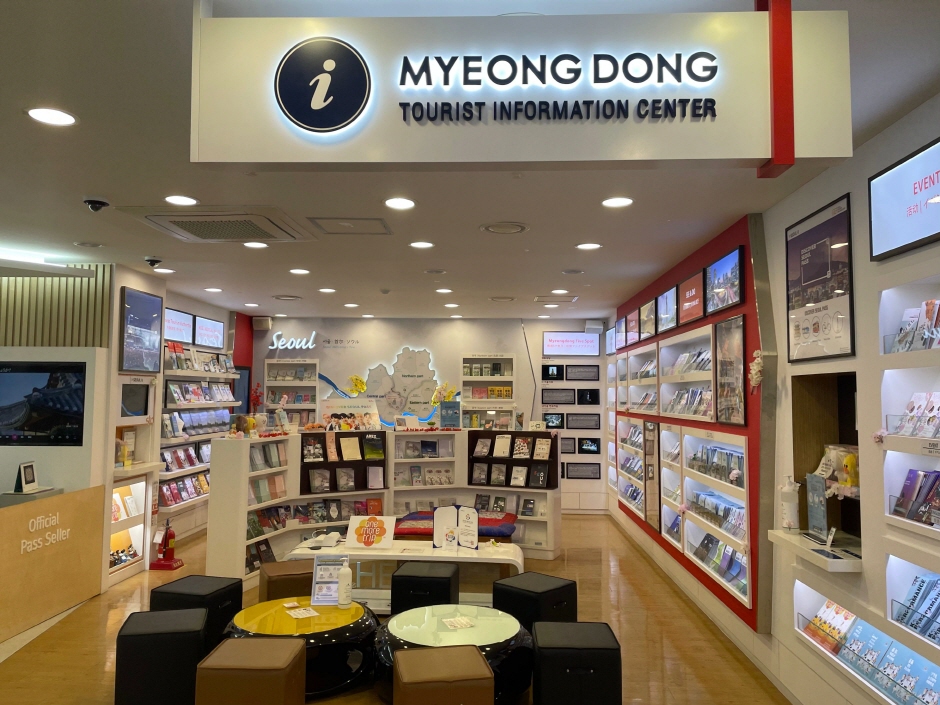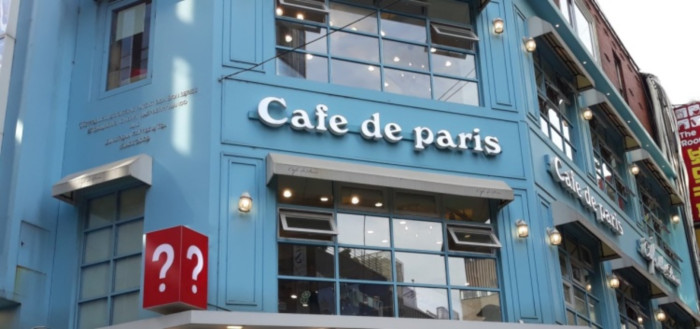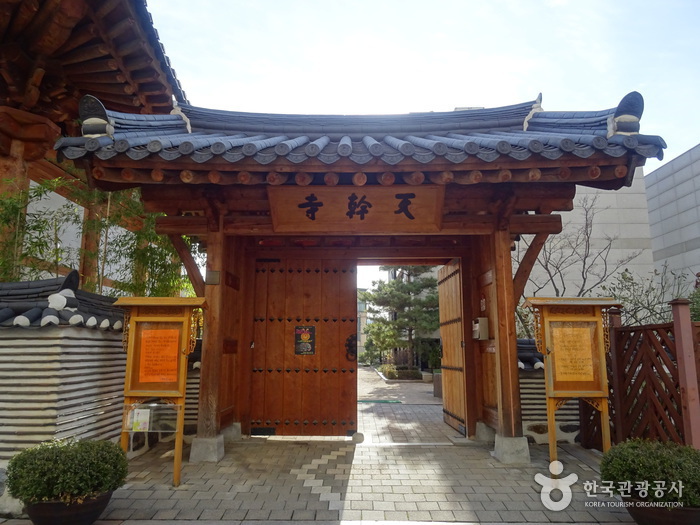Festival de los Faroles de Loto (연등회)
6.9Km 2025-03-20
Ujeongguk-ro 55, Jongno-gu, Seúl.
02-2011-1744/5/6/7
Esta celebración tradicional budista tiene unos 1.200 años de historia, desde la época del reino de Silla. En los tiempos de la dinastía Goryeo era conocido como Yeon Deung Hoe, mientras que durante la dinastía Joseon se le llamaba Gwandeungnori. Hasta el día de hoy se mantiene esta tradición que ha sido reconocida como Patrimonio Cultural Intangible de la Humanidad por la Unesco. La ciudad y los templos se iluminan con los faroles de loto y hay vistosos festejos, desfiles y actividades.
Centro de Información Turística de Myeong-dong (명동관광정보센터)
7.0Km 2023-01-16
Eulji-ro 66, Jung-gu, Seúl
El Centro de Información Turística de Myeong-dong ofrece servicio en inglés, chino y japonés. Asimismo, proporciona información sobre festivales, compras y conciertos en Seúl.
Myeong-dong (명동)
7.0Km 2025-05-13
Myeong-dong 2-ga, Jung-gu, Seúl
Myeong-dong recuerda a una ciudad de consumo masivo. Las calles de Myeong-dong se extienden por un área de casi 1 km a la redonda de la Estación de Myeongdong (línea 4 del metro) y llegan hasta el Centro Comercial Lotte en Eulji-ro. Toda clase de tiendas de marcas internacionales y centros comerciales se hallan diseminados en las calles y bulevares. Allí podrá comprar diversos tipos de productos tales como ropa, calzado y adornos para la vestimenta. Comparado con Namdaemun o Dongdaemun, en Myeong-dong hay numerosas marcas de alta calidad. Por ejemplo, los Centros Comerciales Lotte y Shinsegae y otros grandes almacenes como Myeong-dong Migliore, Noon Square, M Plaza, etc. Asimismo, tiendas de toda clase de marcas se esparcen sobre la calle principal y los bulevares secundarios.
Myeong-dong también tiene restaurantes familiares, de comida rápida y coreana, de comida occidental y japonesa. Entre los muchos restaurantes, los más recomendados son los especializados en chuletas de cerdo y el Myeong-dong kalguksu (fideos). Además de los restaurantes, hay numerosos lugares que prestan servicios de conveniencia como los salones de belleza, bancos, teatros, etc. La Iglesia Católica de Myeong-dong es una atracción turística especialmente famosa, pues se trata de la primera y principal edificación de la iglesia católica en Corea y fue construida al estilo gótico. Detrás de la Basílica se extiende un espacio abierto donde podrá relajarse.
Hwangsaengga Kalguksu (황생가칼국수)
7.0Km 2025-05-14
78, Bukchon-ro 5-gil, Jongno-gu, Seoul
Balwoo Gongyang (발우공양)
7.0Km 2025-05-29
56 Ujeongguk-ro, Jongno-gu, Seoul
Centro de Información de Estancias en Templos (템플스테이 홍보관)
7.0Km 2022-09-28
Ujeongguk-ro 56, Jongno-gu, Seúl
El centro es un complejo cultural de cinco plantas donde se encuentran la mayoría de oficinas responsables de las estancias en templos, centros de información, centros educativos, un restaurante de comida budista tradicional llamado Balwoo Gongyang, entre otros.
Café de paris (카페드파리)
7.0Km 2025-06-02
40, Myeongdong 10-gil, Jung-gu, Seoul
A place where you can enjoy various Western dishes. This restaurant's signature menu is pane pasta. This Western dishes restaurant is located in Jung-gu, Seoul.
Myeongdong Kyoja (명동교자)
7.0Km 2025-05-29
29, Myeongdong 10-gil, Jung-gu, Seoul
Templo Cheongansa (천간사)
7.0Km 2021-09-28
Bulgwang-ro 10-gil 20-8, Eunpyeong-gu, Seúl
Originalmente, el templo Cheongansa fue construido en 1960, pero por obras de urbanismo fue demolido y construido de nuevo en 2009. Por su diseño único y belleza arquitectónica, fue galardonado con el premio al Mejor Hanok de Corea en 2011.
Imun Seolnongtang (이문설농탕)
7.0Km 2025-08-08
38-13, Ujeongguk-ro, Jongno-gu, Seoul






 Español
Español
 한국어
한국어 English
English 日本語
日本語 中文(简体)
中文(简体) Deutsch
Deutsch Français
Français Русский
Русский